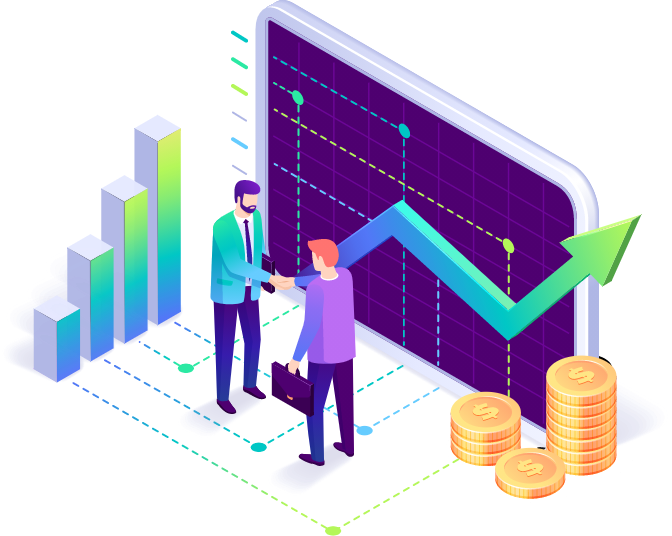E-Mini Futures Ticker Symbols
What Are E-Mini Futures Trading Contracts For Index Future Market?
Micro E-Mini futures trading allows traders to gain exposure to small movements in indices without having to invest huge amounts of capital. They are futures contracts that are 1/10th the size of their standard counterparts and offer a wide range of benefits for traders with smaller accounts. Micro e-mini futures have different symbols than regular index futures, which can be confusing for new traders. In this article, we will cover the different symbols used in micro e-mini futures trading, the contract months available, and the margins required for each contract.
What Are Different Symbols Used In Futures Contracts?
When trading micro e-mini futures, you must use a unique symbol for each one.
What Are Examples of Futures Trading Symbols?
For example, if you were trading Micro E-mini futures, you would use the symbol “MES” instead of the standard S&P 500 symbol. Similarly, NASDAQ micro e-mini futures are traded under the symbol MNQ. If a trader wants to buy or sell micro e-mini Russell 2000 futures, they must use the symbol M2K.
What Does It Mean By Tick Size & Tick Value Used in Futures Symbols?
Tick size and tick value are two key terms used when describing micro e-mini futures symbols. Tick size is a minimum price change that one must make to see any benefit or loss in their account balance. It is measured in points and its value depends on the underlying asset being traded. For example, micro ES futures have a tick size of 0.25 points.
The tick value is the dollar amount that one tick will move in your account balance. For example, if you are trading micro ES futures and the price moves 1 tick (0.25 points), then your account balance will move $1.25 (depending on your leverage).
What Are The Best Trading Strategies for Micro E-mini Futures?
There are many different strategies used when trading micro e-mini futures, but some of the most common ones include trend following, range trading, scalping, and reversion trades. Trend following involves buying or selling based on market momentum to capitalize on larger trends in an index’s price movements. Range trading involves buying at the lower end of a price range and selling on the upper side to capitalize on short-term price movement. Scalping is an aggressive and high-frequency trading strategy that attempts to capture small profits from quick movements in price. Finally, reversion trades attempt to take advantage of mean reversion by entering positions when prices stray too far from their average levels.
What Are The Top Tips Used For Buying & Selling E-Mini Futures?
When it comes to trading in E-Mini futures, there are certain key tips that traders should keep in mind. The first tip is to always do your research before entering any trades. This means researching the underlying asset or index, understanding the market trends, and familiarizing yourself with technical indicators. Second, it’s important to monitor risk levels and use a stop-loss order when needed. Third, focus on trading one contract at a time, rather than taking several trades in quick succession.
Finally, practice risk management and always have an exit strategy before entering into any trade.
By putting these tips into practice, you can trade like a professional when trading E-Mini futures. Doing your research beforehand will help you make more informed decisions, while being mindful of your risk levels and having a plan in place can help you stay focused when executing trades. Finally, focus on one contract at a time to ensure that your strategy is working as planned. Following these top tips for buying and selling E-Mini futures will help you become a successful trader.


